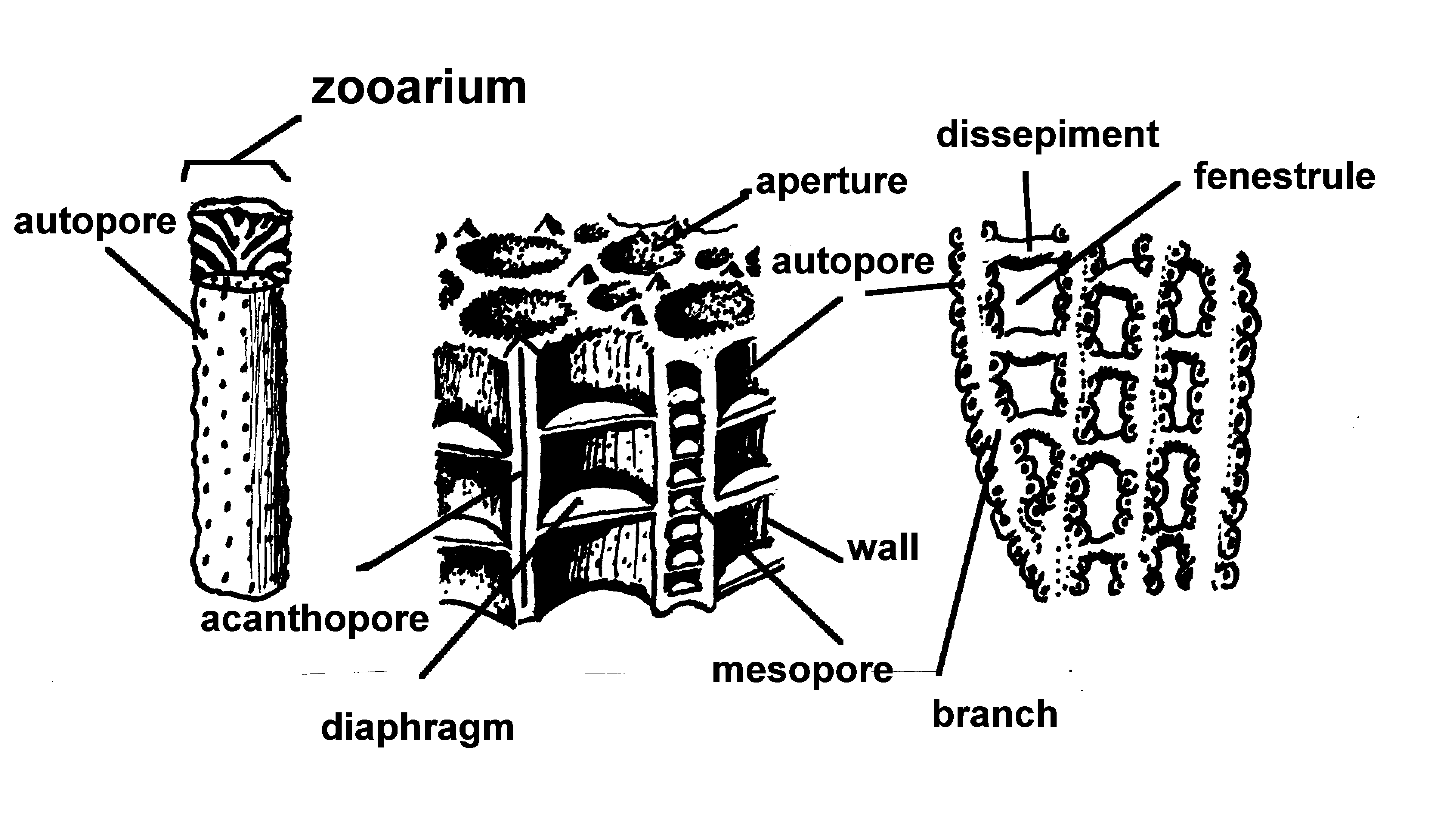

III. Phylum Bryozoa


B. Review the common forms of bryozoa:
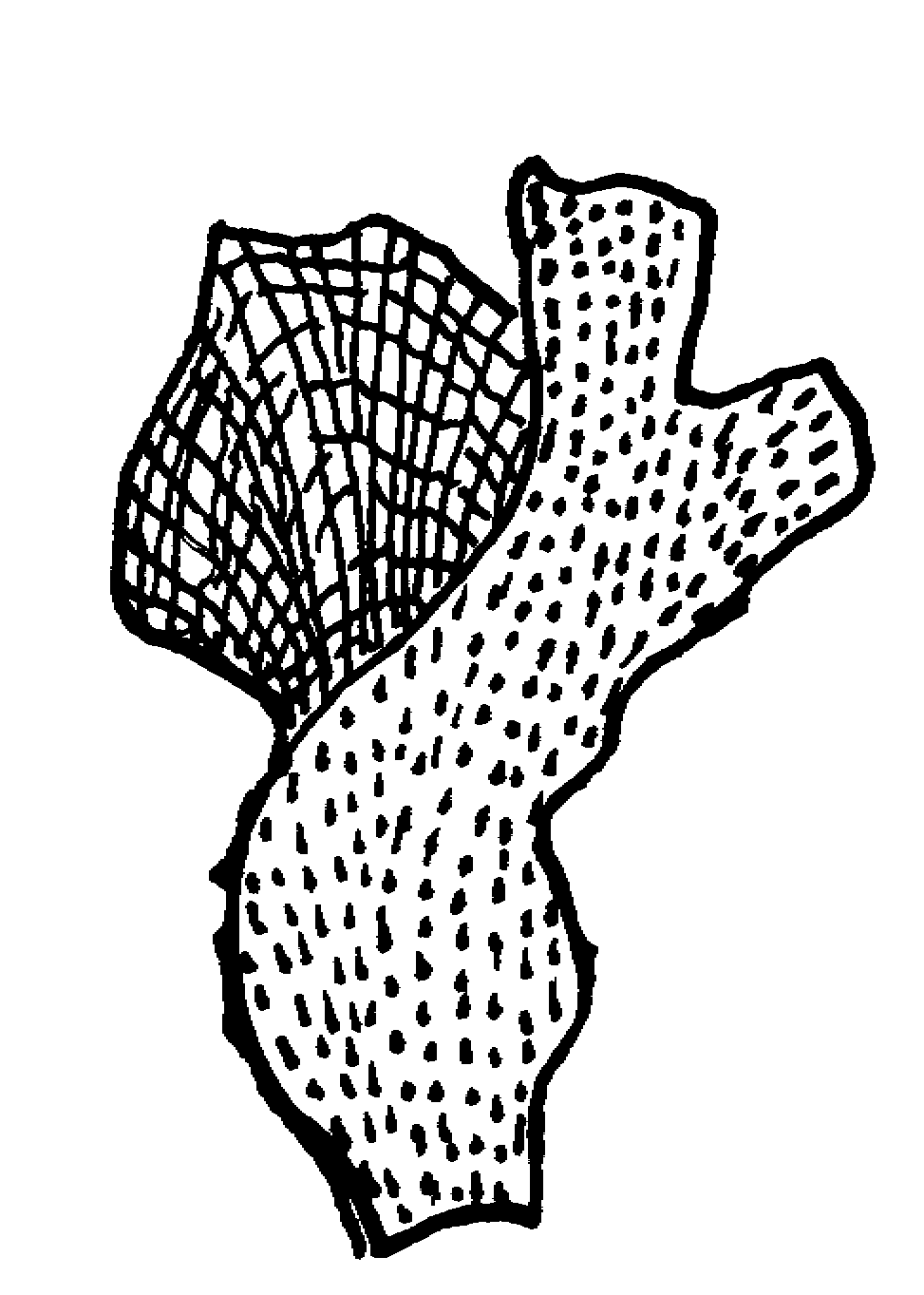
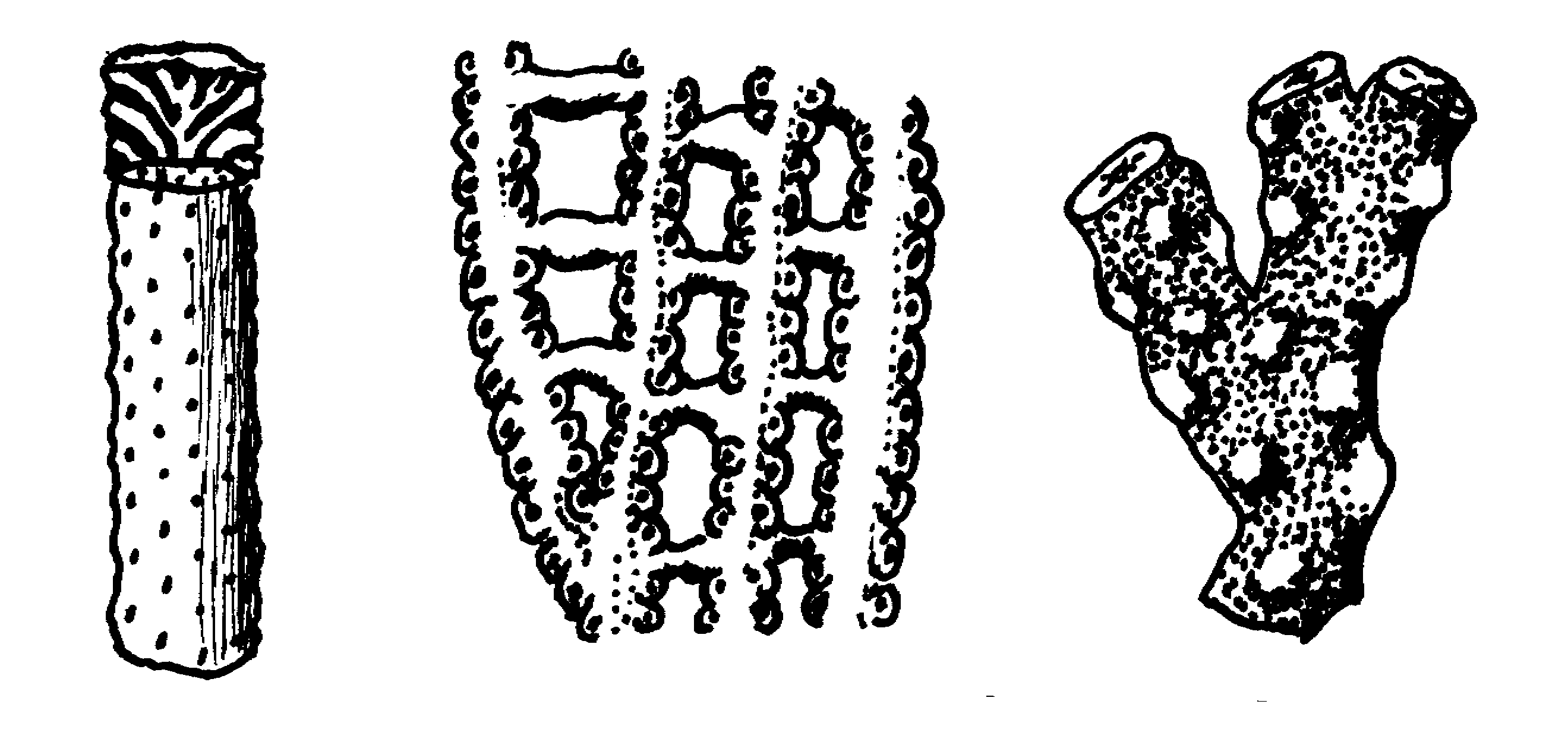
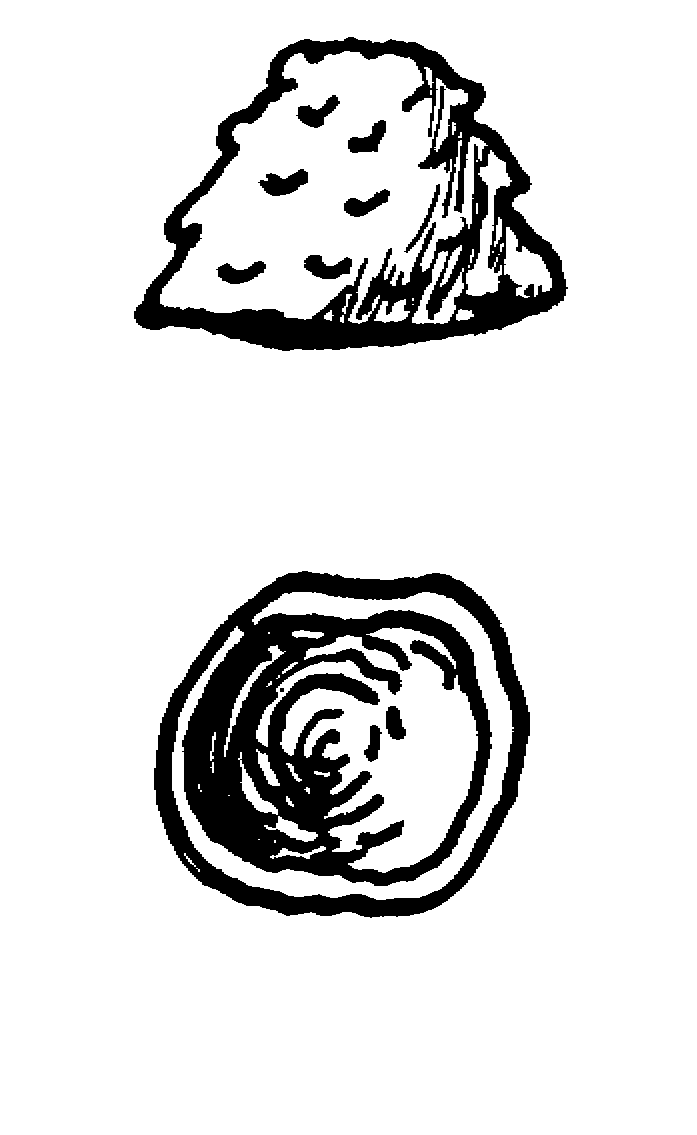
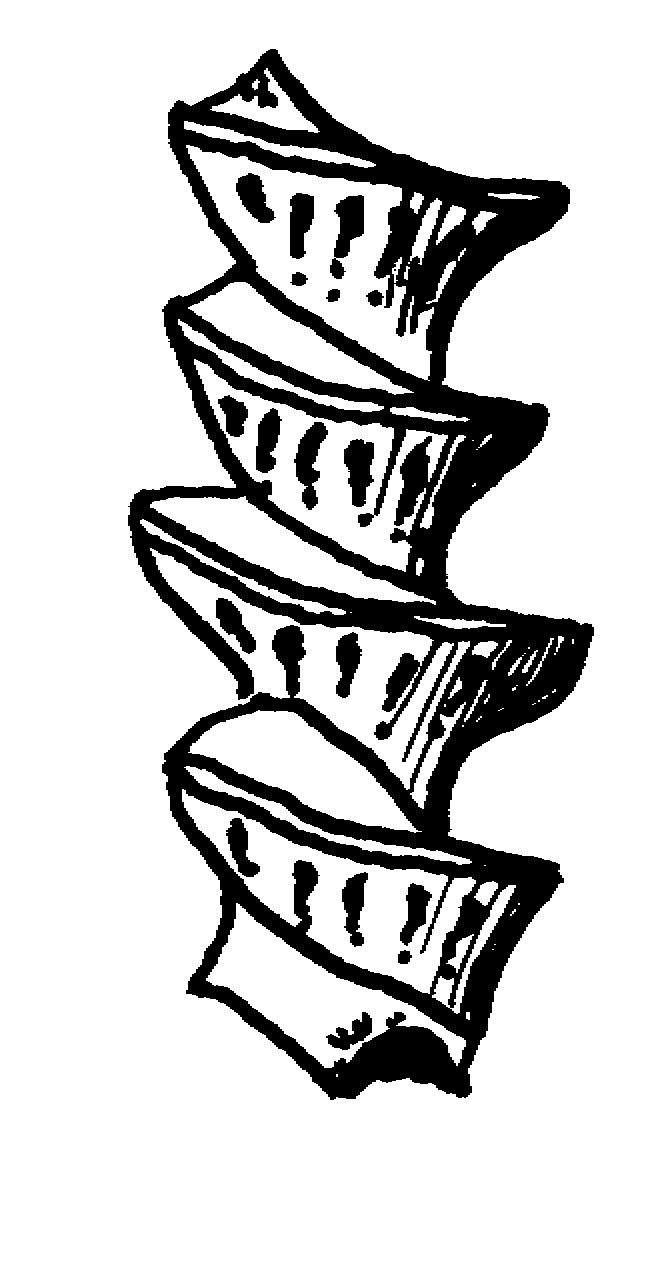
C. Look at the following bryozoan links:
These specimens are from Phylum
Bryozoa (always colonial, tiny openings with no septa), Class Stenolaemata,
Order Trepostomata. Box 11: Prasopora.
Question 8: Draw Prasopora (box 11) and
label an autopore (use a hand lens). What type of growth form does this
bryozoan have?
|
E. Look at the specimens from boxes 12 and 13:
These specimens are from Phylum
Bryozoa (always colonial, tiny modules with no septa), Class Stenolaemata,
Order Cryptostomata. Box 11: Archimedes; Box 12:Fennestella.
| Question 9: What are the differences between autopores (look at diagrams and box 11) and fenestrules (box 12)? You may need to use a hand lens. |
You are now finished with Part
III of the lab. Choose Part I, Part II, or Part IV from the choices listed
below, if you have not yet completed these sections.
Last updated on February 24, 1997-jlc.